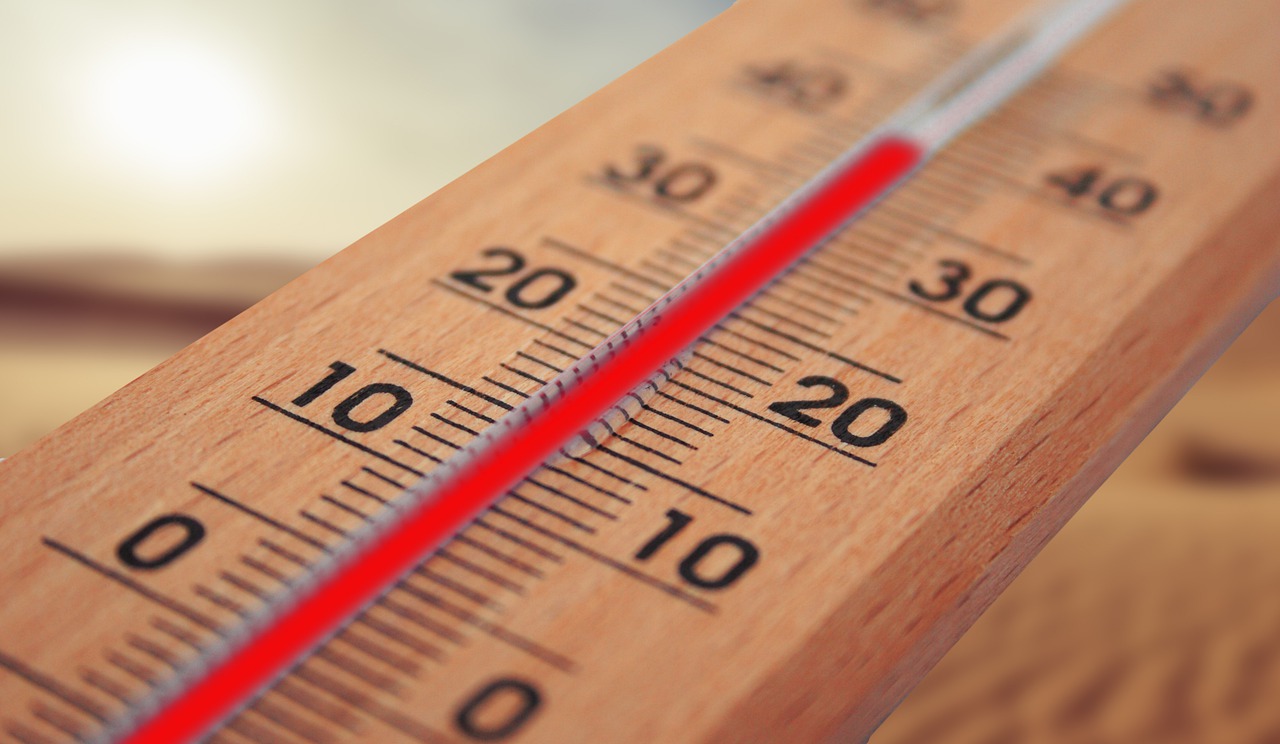Schools will have a protocol for action in the educational sphere in the face of exceptionally high temperatures this academic year 2022/23.
\The protocol has already been sent to schools in the Balearic Islands and provides guidelines for action in the event of weather alerts due to extreme heat.
TDB keeps you informed. Follow us on Facebook, Twitter and Instagram.
\In general, the protocol can be activated between 1 June and 31 July, and from 1 to 30 September.
\General and specific organisational measures are given, aimed at students and teaching staff at the centres
\The aim is to ensure the well-being and health of the members of the educational community.
The Regional Ministry of Education and Vocational Training, through the Directorate General for Planning, Organisation and Centres and the Directorate General for Teaching Staff, has drawn up an action protocol for the education sector to deal with exceptional high temperatures in order to ensure the well-being and health of members of the education community. The document was sent today to the educational centres of the Balearic Islands.
It is a fact that heat waves in the Balearic Islands are becoming increasingly common. High temperatures are frequent in the first and last part of the school calendar, with the most affected months being May, June, September and October, when high temperatures can make it difficult to carry out normal educational activities in schools.
For this reason, the Regional Ministry has drawn up a Protocol with measures and actions that can be selected, adapted, specified and put into practice by schools in order to plan actions that allow them to minimise or neutralise the consequences of high temperatures, with the intention of preserving the health and well-being of all members of the educational community, especially pupils, as well as teachers and other school workers.
The fact of having a protocol for action in the event of high temperatures makes it possible to reduce the time needed to resolve each situation, as well as reducing the margin of error in the decisions to be taken because they will be based on a prior analysis of the organisational measures to be taken according to the characteristics of the centre. At the same time, uncertainty is reduced and security is provided to all members of the educational community, among others.
When foreseeing the actions to be taken in each centre, the characteristics of the educational centre, its spaces, equipment, location and users, among other factors, must be taken into account.
The objectives of the protocol are:
- To ensure the well-being and health of the members of the educational community.
- To guarantee the educational care of students in exceptional situations and to adapt the provision of educational services to these situations.
- To provide guidelines, organisational procedures and action guidelines to respond to possible situations caused by high temperatures.
- Guarantee the immediate response and application of care and protection measures to avoid harmful consequences for individuals.
- Increase the levels of safety, effectiveness and appropriateness of the measures adopted by coordinating actions with the health, emergency and Civil Protection services in the area around the school.
- To create habits of self-protection behaviour among all members of the educational community.
- To foster among pupils the attitudes and competences inherent to the culture of prevention, and the knowledge and actions to be able to respond appropriately to adverse weather situations.
Preparation, timing and activation criteria
The Protocol recommends preparation ranging from planning extracurricular activities or events in outdoor spaces to monitoring the state of these facilities.
To all intents and purposes, the protocol can be activated between 1 June and 31 July, and from 1 to 30 September, without prejudice to the possibility of activating it at other times if weather conditions so dictate.
The Directorate General for Planning, Organisation and Centres will inform schools of the activation of the protocol on the basis of the warning bulletin issued by the Directorate General for Emergencies and the Interior and the values provided daily by the State Meteorological Agency (AEMET). The information provided is predictive and establishes four levels of meteorological alert.
The information provided is predictive and establishes four levels of weather alert: green, yellow, orange and red. The alert is activated from the yellow level onwards.
